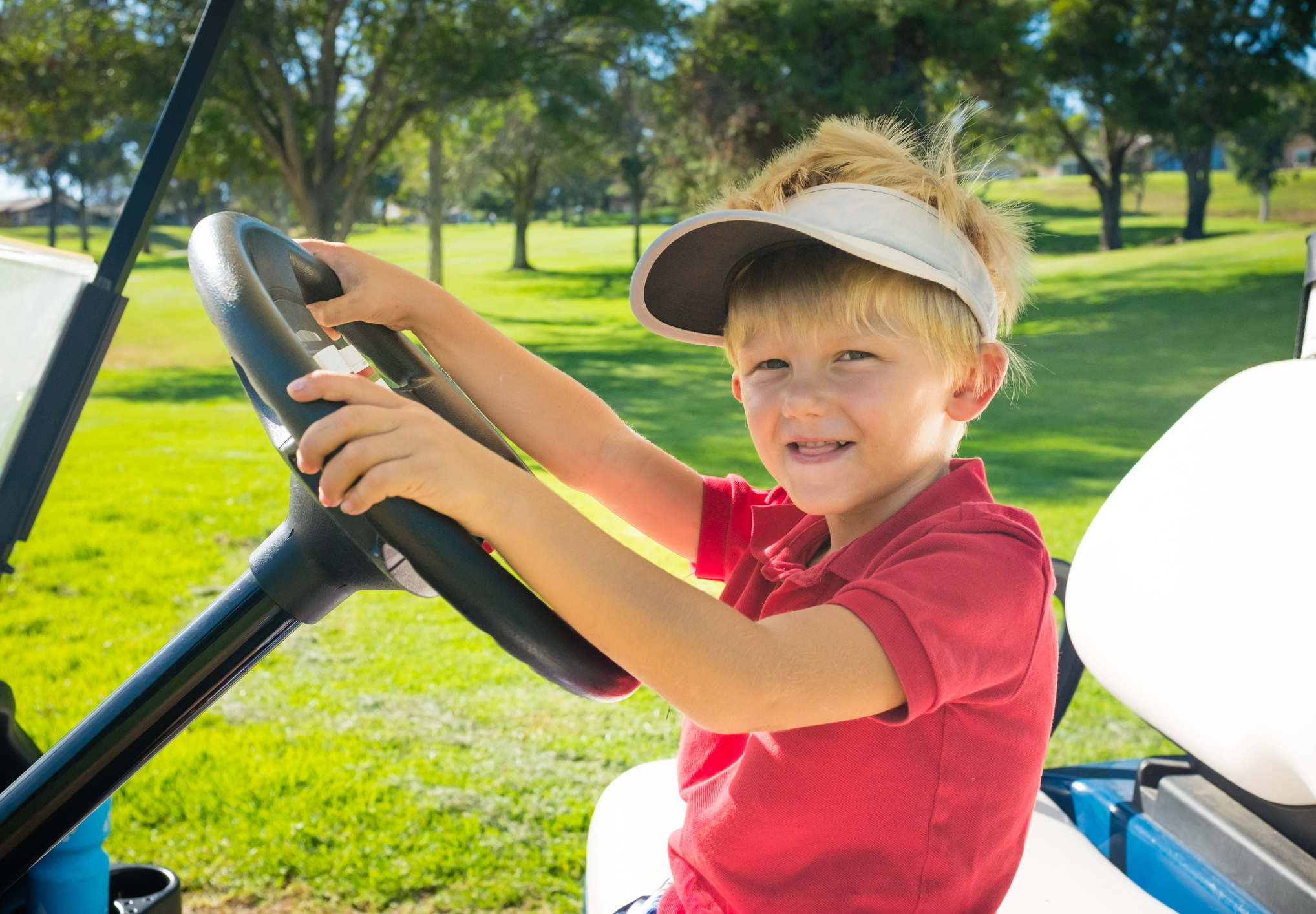-
Shopping Tools
-
Care & Maintenance
-
About
-
Dealer Login

Letting kids ride or drive a golf cart? A short, age-appropriate safety course builds habits, awareness, and calm decision-making before the very first lap.
As families spend more time around courses, communities, and events, many parents wonder if a dedicated course is necessary. A focused class gives young riders and novice drivers structured practice on rules, signals, scanning, braking, and passengers—skills that are easy to overlook in casual teaching. Whether you own a golf cart or regularly rent one at your club, formal training can turn guesswork into repeatable routines.
Good programs balance short classroom segments with slow, supervised practice:
Consider a formal class if any of these apply:
Do all kids need a course? If a child will only ride as a passenger under close supervision, a formal class isn’t essential. If they will operate the cart—even at walking speeds—training adds structure and safety.
How long does training take? Many programs run 60–120 minutes with a short briefing and supervised driving. Younger students benefit from multiple shorter sessions.
What gear is required? Closed-toe shoes, snug clothing, and hair secured away from controls. Instructors may provide cones, checklists, and radios.
A short, focused course turns curiosity into competence and makes shared spaces safer for everyone. Pair formal instruction with calm, consistent supervision, and your child will develop the habits that matter most: looking ahead, moving smoothly, and respecting the people and paths around your golf cart.
